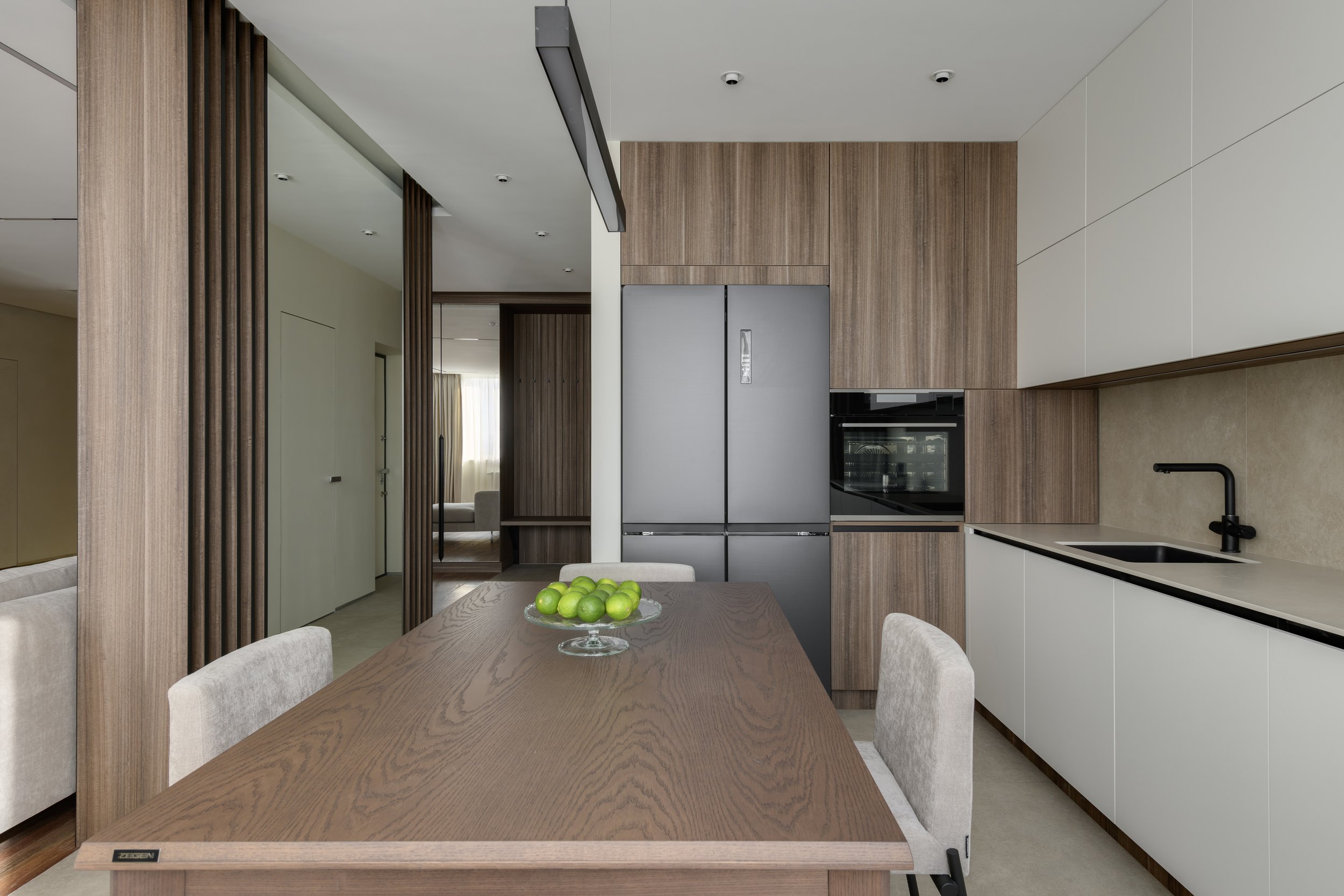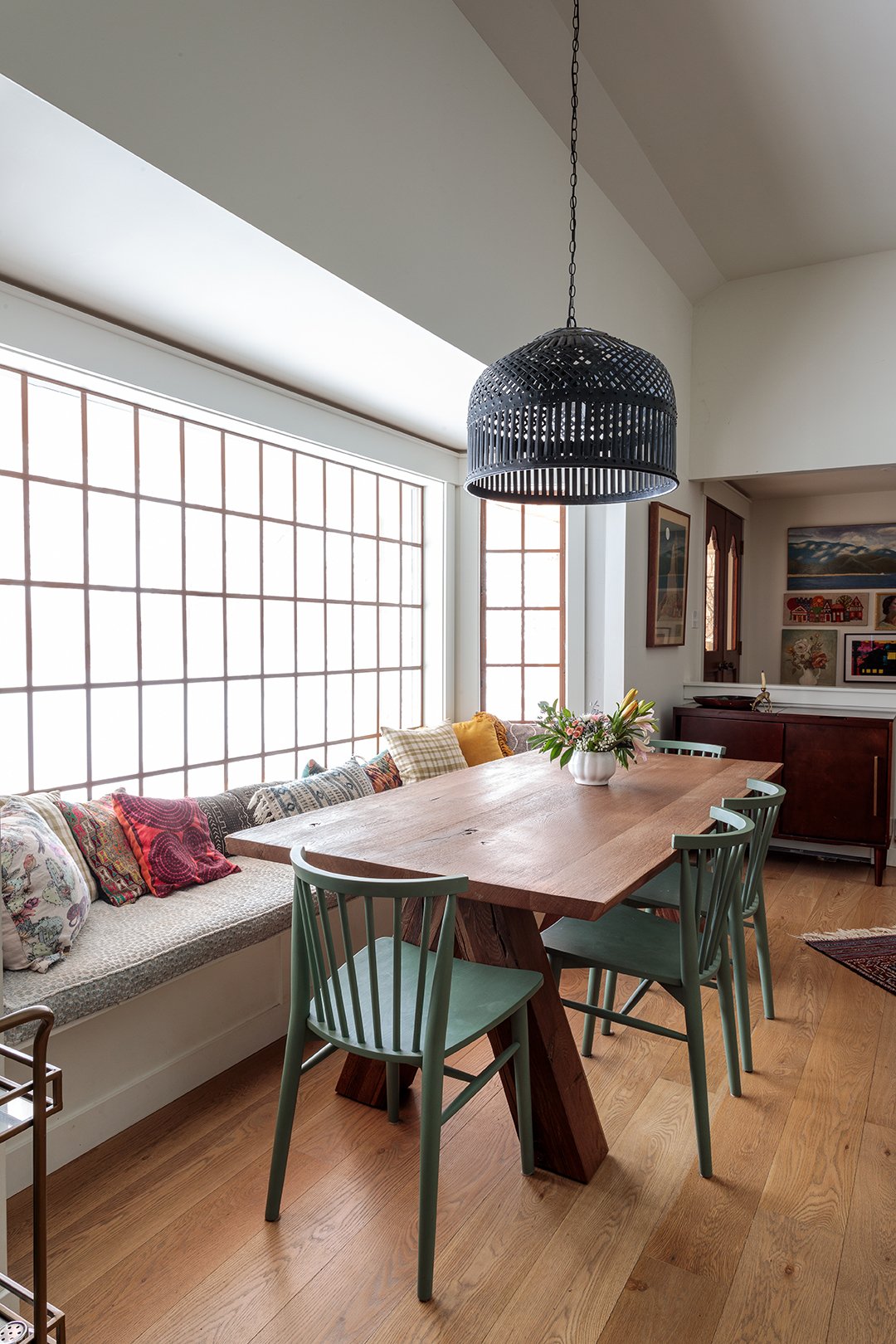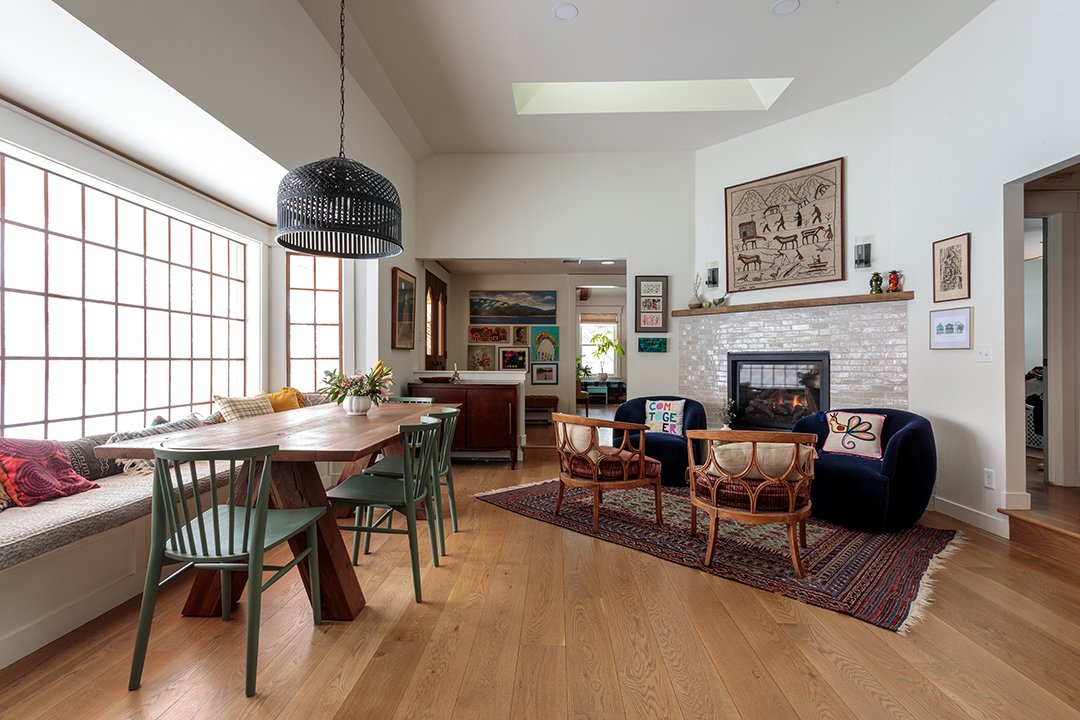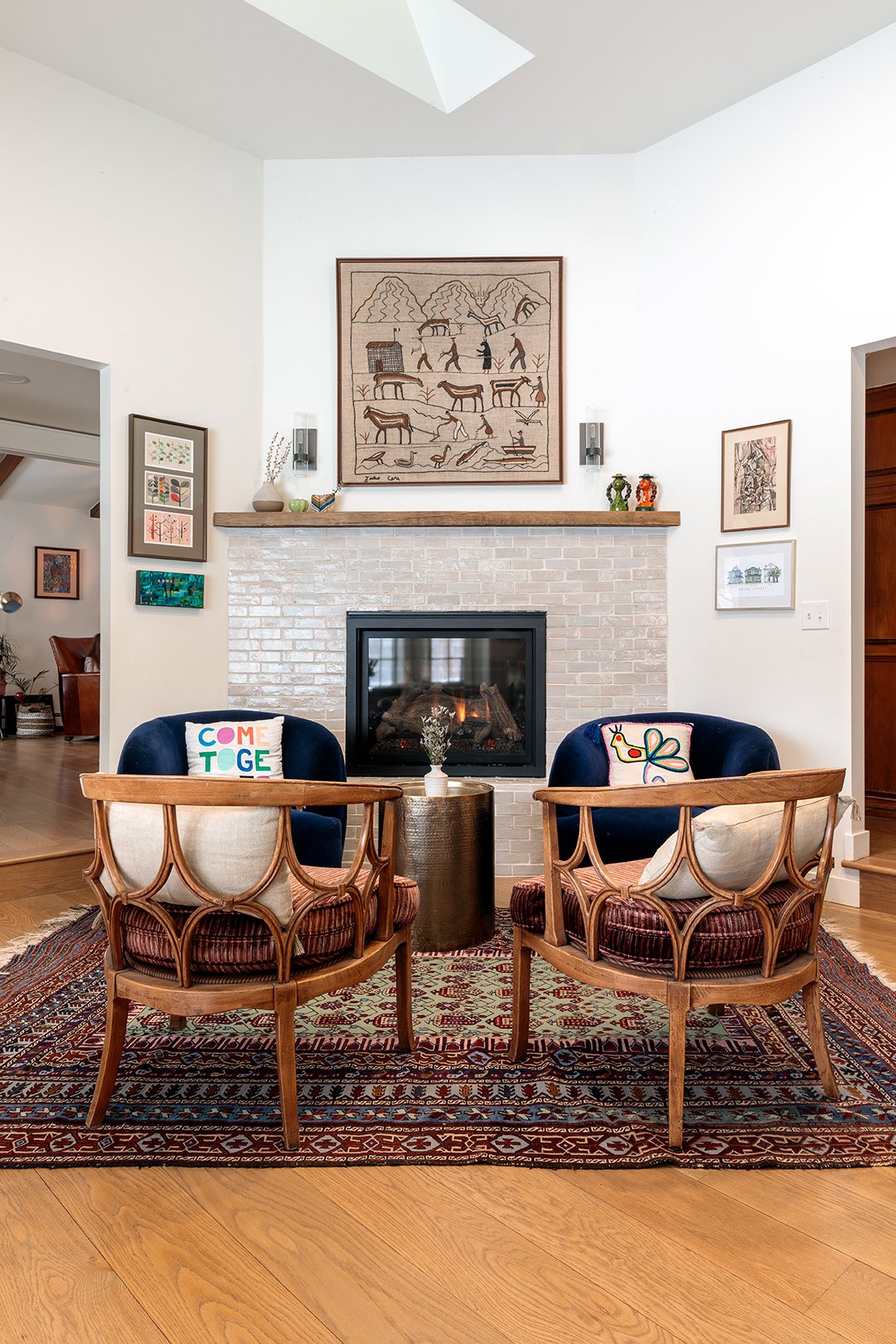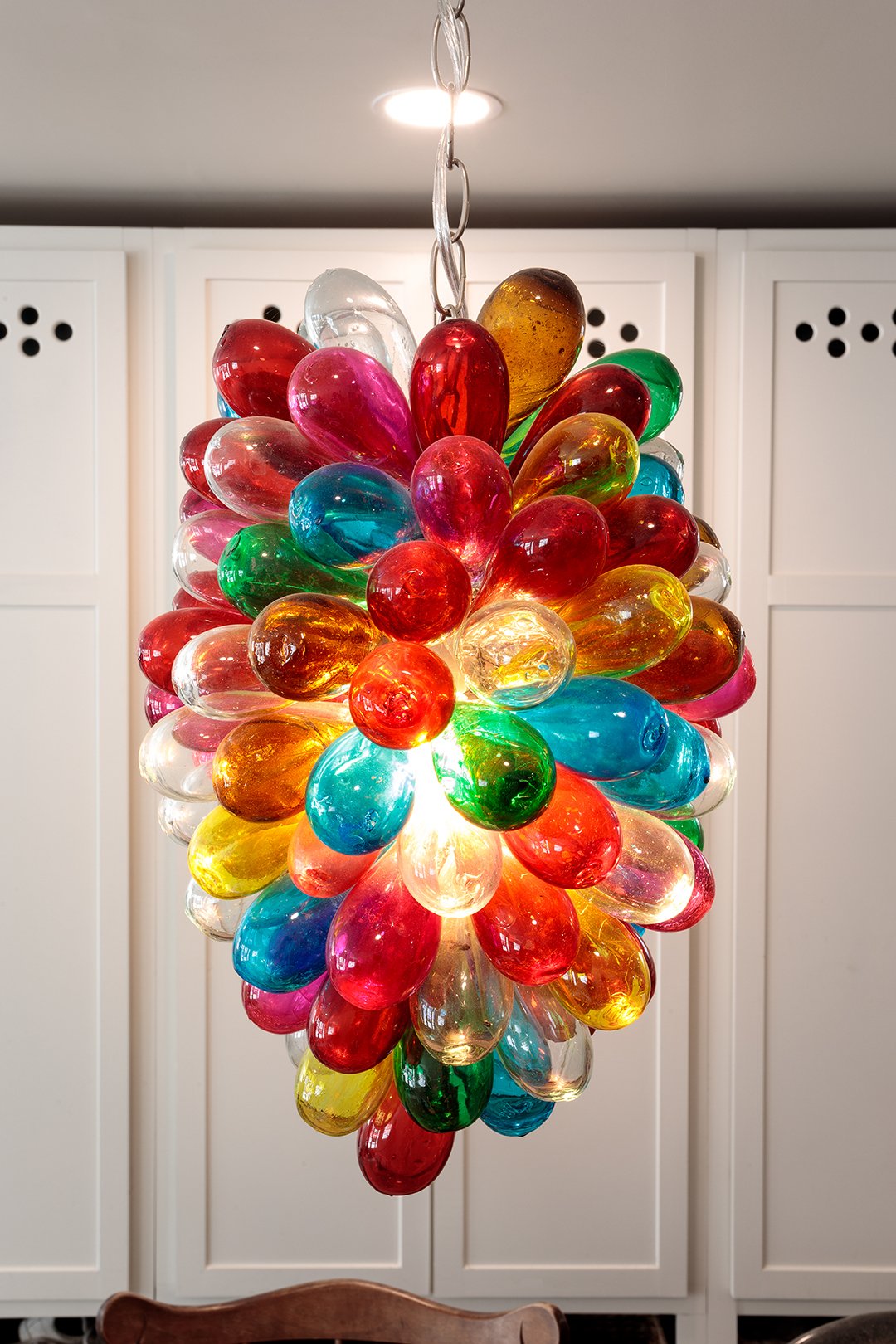The kitchen is often the heart of the home, where many of us spend a significant amount of time preparing meals, entertaining guests and hosting family gatherings.
Redesigning your kitchen can be both exciting and overwhelming, but with a little planning and organization, it can become an enjoyable experience. In this blog post, we've researched and compiled some helpful hints for redesigning your kitchen practically and stylishly. The goal is to make your kitchen aesthetically pleasing and functional. These tips will help make the kitchen renovation more manageable and enjoyable, from selecting appliances and fixtures to choosing the right color scheme. With these helpful hints, you can create a beautiful and functional kitchen that suits your style and needs.
Determine Your Budget and Set Priorities
Budgeting should be the first item on the to-do list when redesigning a kitchen. It's essential to sit down and determine how much you can afford to spend on appliances, cabinets and other necessary renovations in your kitchen. Once you have an estimate, it's important to prioritize your needs and wants in the kitchen. A wise approach is to keep in mind the resale value of your property, especially if you plan on selling it in the future. Some upgrades could significantly increase the overall value of your home, so it is essential to have a clear idea of the added value the renovation can bring. Setting a budget and prioritizing your needs will help ensure your kitchen redesign is successful.
Select a Design Scheme
Kitchen design is crucial in determining its overall appearance and functionality. Cabinets, countertops, flooring and lighting fixtures are all key components to consider when selecting a design scheme. With abundant resources available, including social media, blogs and home interior magazines, finding inspiration for a design that matches your style should be easy. It is important to remember that when choosing a design scheme, you must also consider what potential buyers may find appealing. Ultimately, the goal is to create a kitchen that suits your functional needs and reflects your unique tastes.
Maximize Storage Space
Maximizing storage space in the kitchen is a crucial aspect of kitchen design. Whether it's for everyday cooking or holiday entertaining, you want to be able to store all of your cookware, utensils and appliances in an organized and efficient manner. Utilizing cabinets with pull-out shelves and customizable drawers can make a vast difference in maximizing storage space in the kitchen. Ceiling-high cabinets and wall racks for pots and pans also optimize vertical space. A kitchen island or pantry is an excellent storage and counter space addition. Considering these storage solutions, you can create a functional and efficient kitchen design that maximizes storage space.
Opt for Energy-Efficient Appliances
In today's world, energy efficiency is a top priority when choosing household appliances. The good news is that modern technology has made it possible to have energy-efficient appliances in your home. This saves you money on energy bills in the long run and helps reduce your carbon footprint. To ensure optimal efficiency, it is important to look for appliances that bear the ENERGY STAR® label as they meet the EPA's standards for quality and efficiency. Beyond the cost savings, energy-efficient appliances also add to the overall ambiance and aesthetics of your home. By opting for energy-efficient appliances, you can take a step towards a more sustainable future.
Choose Quality Materials
When planning to renovate your kitchen, it is important to choose quality materials. From countertops to cabinets, the materials you choose will impact both the appearance and longevity of your kitchen. To ensure your kitchen remains beautiful for years to come, opt for high-quality materials that require minimal maintenance, such as quartz countertops and ceramic tiles. Details like hinges and door handles also make a significant difference in the overall look of your kitchen. Paying attention to such details will not only enhance the aesthetic appeal of your kitchen but will also contribute to its durability. Ultimately, selecting quality materials is a wise investment in your home.
Redesigning a kitchen can be daunting, but with these helpful hints, the process can be simplified. When it comes to a kitchen remodel, functionality is key. A well-designed kitchen should not only be beautiful, but it should also be efficient and easy to use. Choose quality materials and appliances that will stand the test of time, and don't hesitate to seek the advice of a design professional. When designing your new kitchen, consider the style of your home and choose a layout that will maximize space while still looking great. By keeping these helpful hints in mind, you can be sure to create a kitchen that is both beautiful and functional.
Get more tips on RISMedia.
Related Links
3 Reasons Your Roller Paint Job Looks Bad (and How to Fix It)
How Much Is Your Home Worth? The Intricacies of Determining Property Value
If there is a home that you would like more information about, if you are considering selling a property, or if you have questions about the housing market in your neighborhood, please reach out. We’re here to help.
Search Homes in Colorado
Search Homes in Oklahoma
Search Homes in Oregon
Search homes in Minnesota

